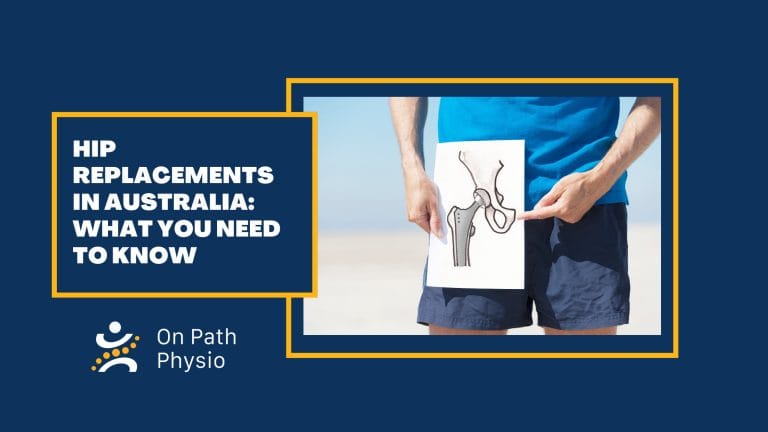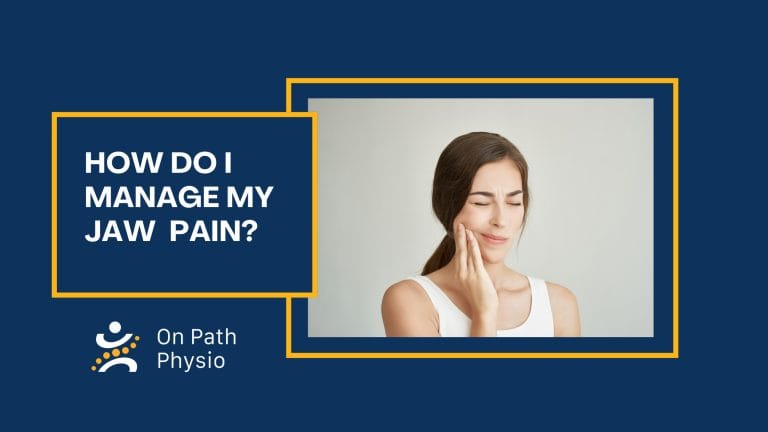Prefer watching instead of reading? Check out the video summaries of this post on our social media platforms linked below.
If you’ve ever wondered about the difference between dry needling and acupuncture, you’re not alone. While both involve the use of fine needles inserted into the body, the philosophies, techniques and intended outcomes behind each practice are quite different. In this post, we’ll break down what sets these two treatments apart and how to determine which might be right for you.
Acupuncture: Ancient Wisdom and Energy Flow
Acupuncture is a traditional therapy with roots in Traditional Chinese Medicine (TCM). It’s based on the belief that health is determined by the balance of energy known as Qi flowing through the body. When this energy becomes blocked or unbalanced, it can lead to pain or illness.
To restore balance, acupuncturists insert very fine needles into specific points along pathways called meridians. These points were identified over centuries as being helpful for different ailments, which led to the development of detailed body charts still used by practitioners today.
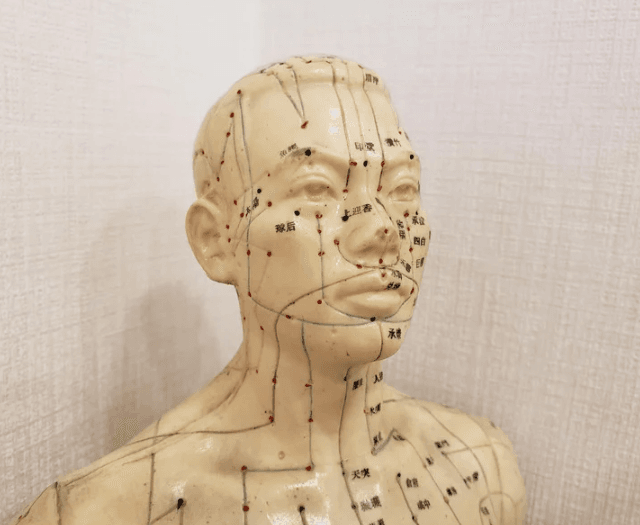
Techniques Used in TCM
In addition to needling, Traditional Chinese Medicine often incorporates other complementary therapies, such as:
- Cupping
- Gua Sha (scraping)
- Herbal medicine
- Moxibustion (the burning of herbs to generate heat)

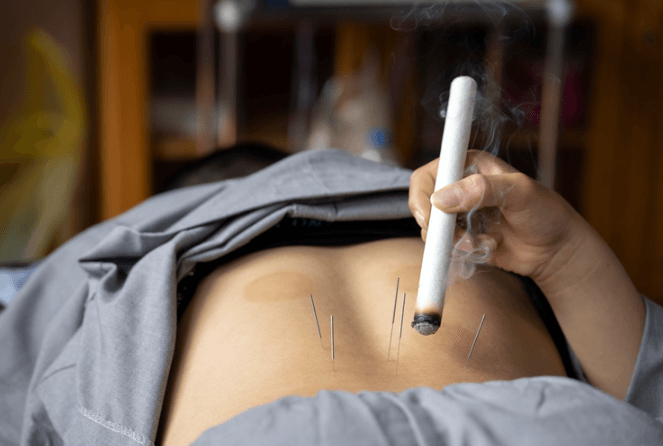
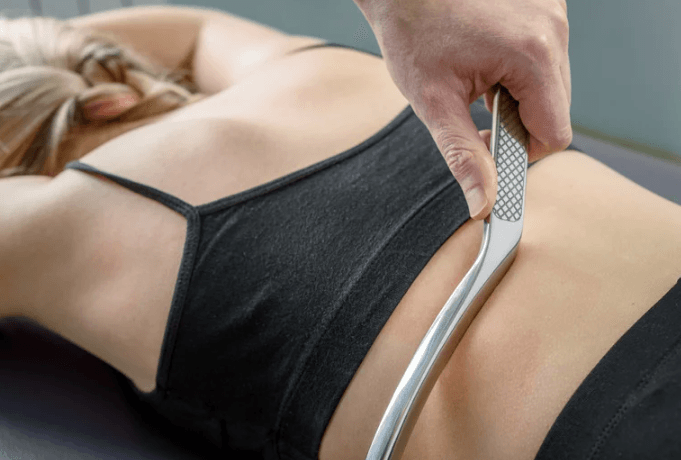
The treatment approach in TCM is holistic and can address a wide range of issues from back pain and headaches to digestive issues and muscle strains.
A qualified Acupuncturist is trained specifically in these traditional techniques and philosophies.
Dry Needling: A Modern, Western Approach
Dry Needling Therapy (DNT), on the other hand, is a technique developed within Western medicine. While it also uses fine needles (often the same type used in acupuncture), the focus is different: Dry needling targets muscles, tendons and ligaments to relieve pain and promote healing.
The goal of dry needling is to increase blood flow to injured or tight tissues, helping reduce muscle tension and support the body’s natural healing process. The needle placement is guided by anatomical knowledge, and the exact location can vary between therapists or sessions depending on the injury.
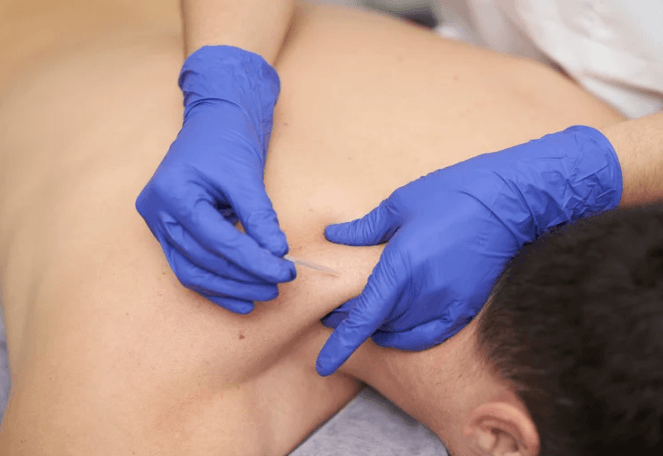
Why Different Names?
Although the tools look similar, the techniques and philosophies behind acupuncture and dry needling are different. To avoid confusion:
- “Dry Needling” refers to the Western, musculoskeletal-focused technique.
- “Acupuncture” refers to treatments based on Traditional Chinese Medicine.
This distinction helps patients make informed decisions and ensures they understand what to expect from each type of treatment.
It’s important to note that a Dry Needling Therapist is not a licensed Acupuncturist they have different training and scopes of practice.
Blending Techniques: Musculoskeletal Segmental Acupuncture
There’s also a hybrid approach known as Musculoskeletal Segmental Acupuncture, which blends aspects of TCM and DNT. In this method, therapists may use traditional acupuncture points alongside modern anatomical principles especially useful for treating common issues like headaches and back pain.
What We Offer at On Path Physio
At On Path Physio, our team includes practitioners trained in a variety of needling methods. Whether you’re interested in traditional acupuncture, dry needling, or a combination approach, we can help match you with the right therapist.
Some needling techniques may not always be available, so we recommend getting in touch to discuss your specific needs.
Ready to explore how needling can help you?
Contact us today to book an appointment or learn more about our services.
Prefer watching instead of reading? Check out the video summaries of this post on our social media platforms linked below.


